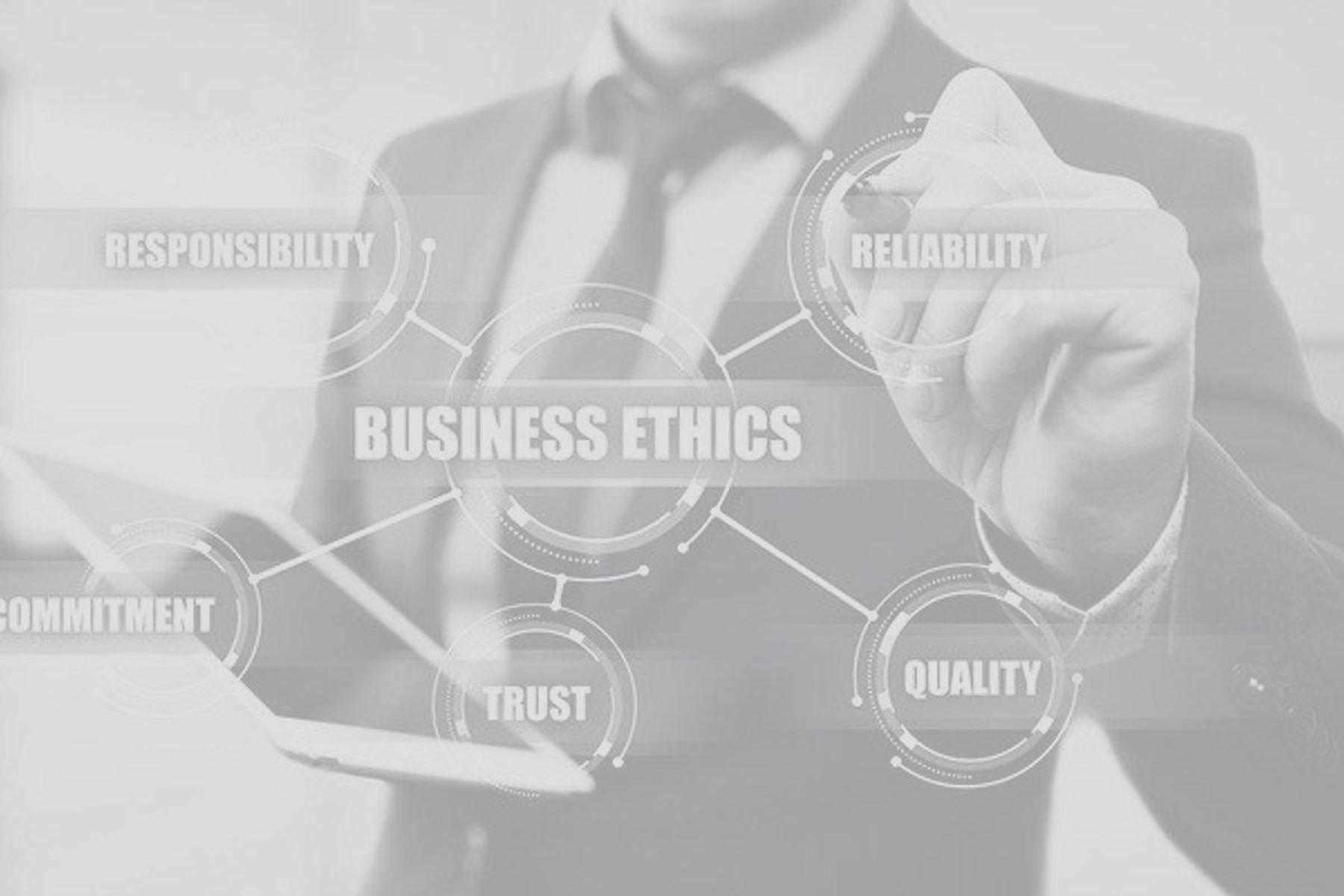Examples include the Amazon AI recruitment tool that showed a bias against women and a data leak that revealed confidential user data collected by the Dutch RIVM (National Institute for Public Health and the Environment) on its corona website.
Although most organizations have several mitigations in place to strictly adhere to legislation, a more holistic approach is preferred to prevent unintended undesired effects. How to make sure the technologies you develop or implement are in line with your values?
Corporate Digital Responsibility: what it is and why it's useful
A relatively new term, 'Corporate Digital Responsibility' (CDR) does not yet have a universal definition. Generally speaking, though, it means that companies take responsibility for the way in which their digital processes, products, and services impact employees, suppliers, customers, society, and the environment. As Cora Eißfeller writes, CDR goes beyond complying with laws — it represents active involvement in shaping the digital world based on ethical principles. A CDR framework establishes a set of shared values and standards, providing an organization with guidance on matters that specifically relate to digital issues.
Here's why having a CDR is useful: it can help you shape your own future, improve your reputation, create competitive advantages, and motivate employees. Particularly the reputation aspect is key these days. For example, many people refuse to install the corona app because they believe their data will be stored for other purposes, even though most are convinced the use of this app will help control the virus and save lives. So, it’s paramount to actively communicate your CDR efforts to all your stakeholders!
Why you should develop a CDR framework that’s in line with your CSR policy
It may seem logical to incorporate a CDR framework into your organization's Corporate Social Responsibility (CSR) policy. After all, the latter describes your commitment to carrying out business in an ethical way, considering your social, economic, and environmental impact. Since digitization is part of your business, it should adhere to your CSR standards.
It's all true. Yet there are several reasons why it's useful to develop a stand-alone CDR policy (in addition to your CSR):
- Technologies evolve at a much more rapid pace than most other business innovations. To keep up, you need to determine where you stand and regularly re-evaluate based on new developments and insights.
- History shows that we find it difficult to oversee any negative consequences of new technologies. Active monitoring is a prerequisite for identifying any potential harm caused by new technologies.
- Technologies usually come with such clear advantages that we tend to stretch our boundaries a bit — especially once we've adopted these technologies, and it's difficult to go back to the old way of working. If you discuss the desirability of a new technology at a very early stage (preferably before embracing it), you can avoid a situation in which you deviate from your values and standards.
Time to set up your own CDR framework!
If you want to create a stand-alone CDR policy, remember to include the same themes incorporated into its CSR counterpart: your digital impact on the four categories of CDR as described by Michael Wade. Don’t know how to set up a CDR framework? There are plenty of tips on the internet. A quick search will take you far!
Last but not least: if you feel it’s a lot of work, keep in mind why a CDR is important — many digital choices are made at a decentralized level or in the IT department, and once you've adopted a new technology, it doesn't take long for your organization to become dependent on it. You can tackle this issue by setting up a CDR framework, establishing the requirements all IT innovations should meet and clarifying where you stand in terms of digital progress.

